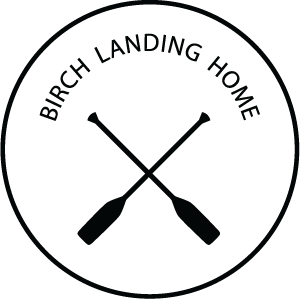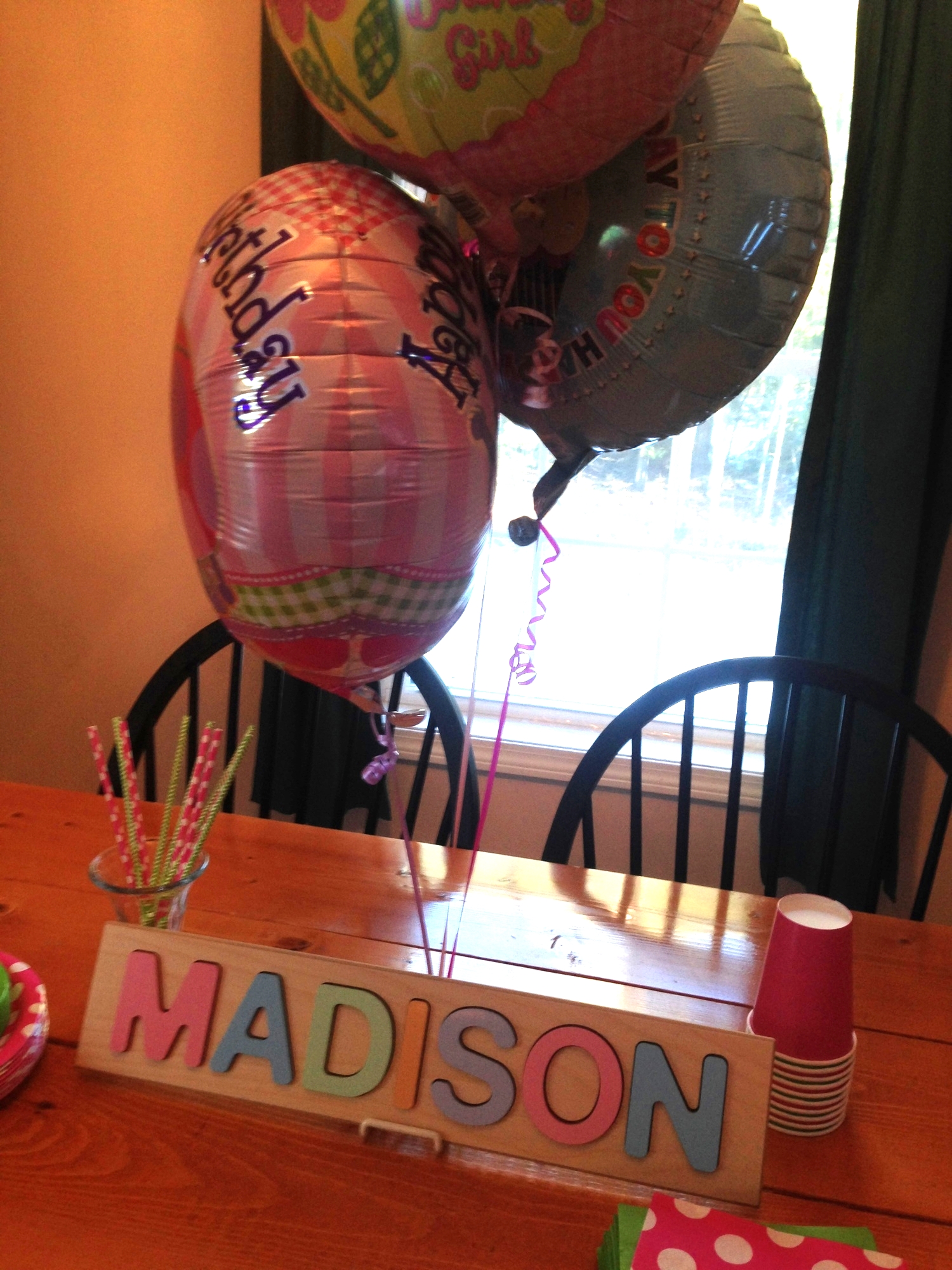Always introduce new foods individually at least 3 or 4 days apart to make sure your baby doesn't have any kind of reaction. Keep track of any symptoms or side affects no matter how insignificant, as it may be a coincidence or be related to the food. If you notice your baby is extra fussy or gassy, for example, write that down and see if she has the same reaction next time she has that particular food. If your baby breaks out in a rash, has a change in breathing, or any other kind of severe reaction call the pediatrician immediately!
Fresh is best when it comes to baby food! Making your own pureed baby food is quick and easy - all you need is a steaming basket, blender, and baby food storage containers. Steam the fruit or veggies until soft then blend until smooth, using the cooking water to thin as needed, then store in baby food storage containers. Breast milk storage bags can also be used to store baby food, and are especially handy if you've made a big batch and have run out of baby food containers.
When buying commercial baby food, make sure to read the labels closely! So many have ingredients that you wouldn't expect and might not want for your baby. Even the organic ones may have ingredients that will catch you off guard - for example one that's described as "Pumpkin & Spinach" may also have another veggie or fruit such as apricot in it. If your baby hasn't had apricot yet, you may decide to skip this one for now until she tries that food individually first.
Our little one started solids around 5 1/2 months and was very picky in the beginning. It seemed as though we could never find a food she liked or a texture that was smooth enough. After a lot of trial and error (and record keeping, hence the chart), we finally got a sense of what she liked and she started to accept eating solids. It may be hard in the beginning, but by taking notes and letting your baby set the pace of what they're ready for it will be a success.
Baby's First Foods Chart










